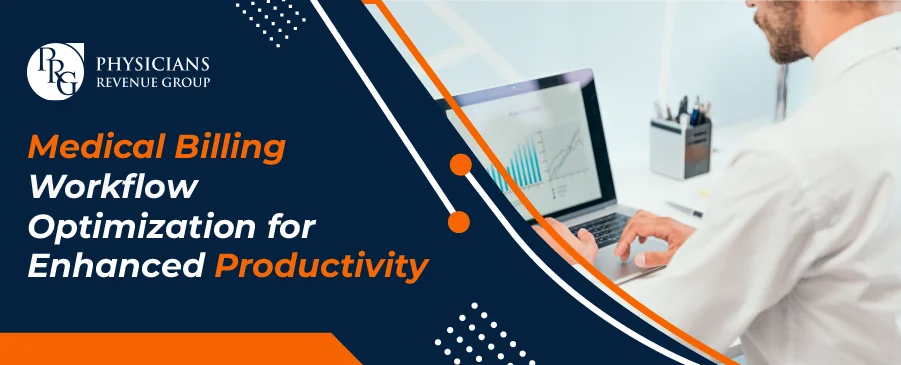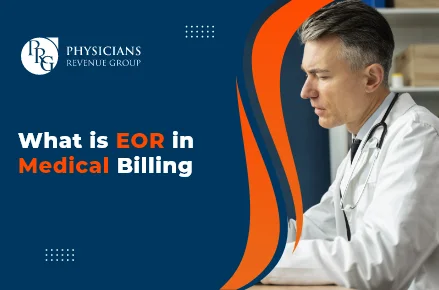
Email: info@prgmd.com | Call: +1 (630) 242-6474
Business hours: 9:00 to 5:00 | Monday to Friday
Email: info@prgmd.com | Call: +1 (630) 242-6474
Business hours: 9:00 to 5:00 | Monday to Friday

Table of Contents
ToggleEffective and efficient RCM (revenue cycle management) is vital to healthcare practices, maintaining financial stability, and implementing workflow optimization. So, how does hospital billing work? The easiest solution to this for healthcare practices and hospitals is to outsource their medical billing operations to third-party billing providers. For effective medical billing service and practice operations, third-party billing companies can play a pivotal role in streamlining processes, maximizing revenue, and overall workflow optimization.
Healthcare professionals must partner with quality software providers to ensure their staff gets proper training and a workable structure for remaining productive in the billing process. A quality software partner will ensure that your staff have a complete and robust understanding of the medical billing software and still offer continuous support down the lane.
The right software solution partner shall also offer tools that encourage an automated billing process, come with customizable reports, and have the capacity to monitor your staff’s billing productivity.
Traditionally, some providers have been hesitant to outsource any part of their healthcare billing processes. However, outsourcing the complex collection is the right answer to improve your practice’s bottom line.
A revenue cycle management services provider has the staff, expertise, and time to dedicate to collecting difficult payments. This saves you time and also improves your practice revenue. Outsourcing to RCM service providers is the best choice for offering your patients workable solutions while receiving compassionate care. All in all, it improves your billing productivity and the overall reputation of the medical practice.
Medical billing is an essential part of the healthcare industry, allowing providers to receive payment for their services. The process as a whole involves many steps, which include:
Share:
Categories
Recently Added

What is an ABN in medical billing?

What does a Clearinghouse do During Claims Submission?

What is EOR in Medical Billing?
We Would Love to Assist You!
We treat your data confidentially and don’t share any information with a third party.